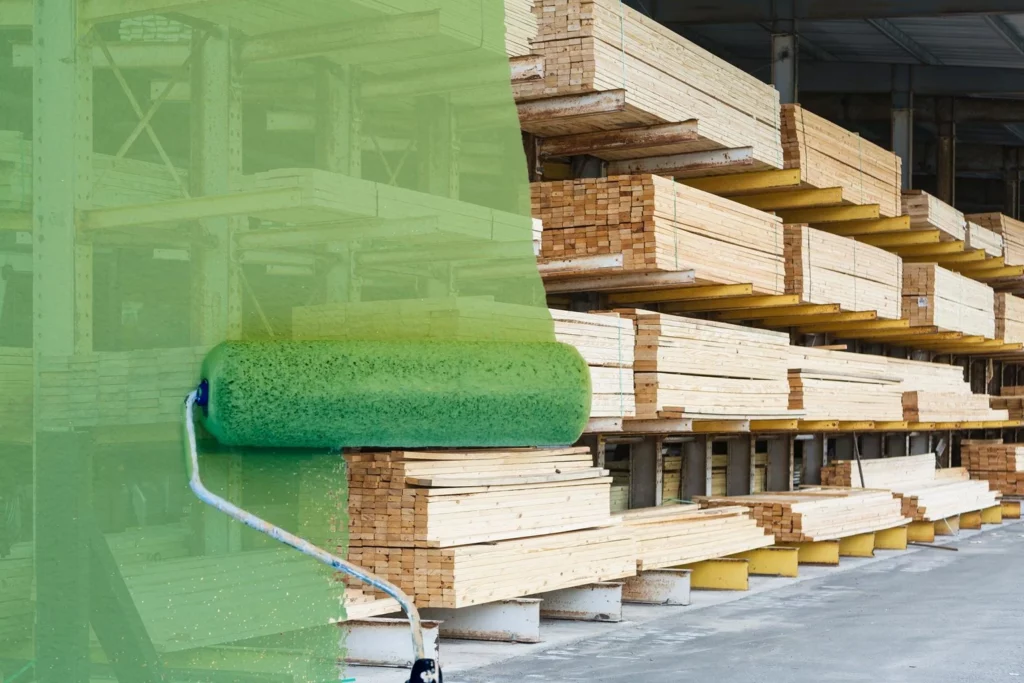
QUESTION 1 / 4
25%
Where will the wood be used?
What’s more important to you?
Which surface do you prefer?
Best Finish Options for You
Choose the options you’d like to add to your quote request.

Best Finish Options for You
Choose the options you’d like to add to your quote request.




